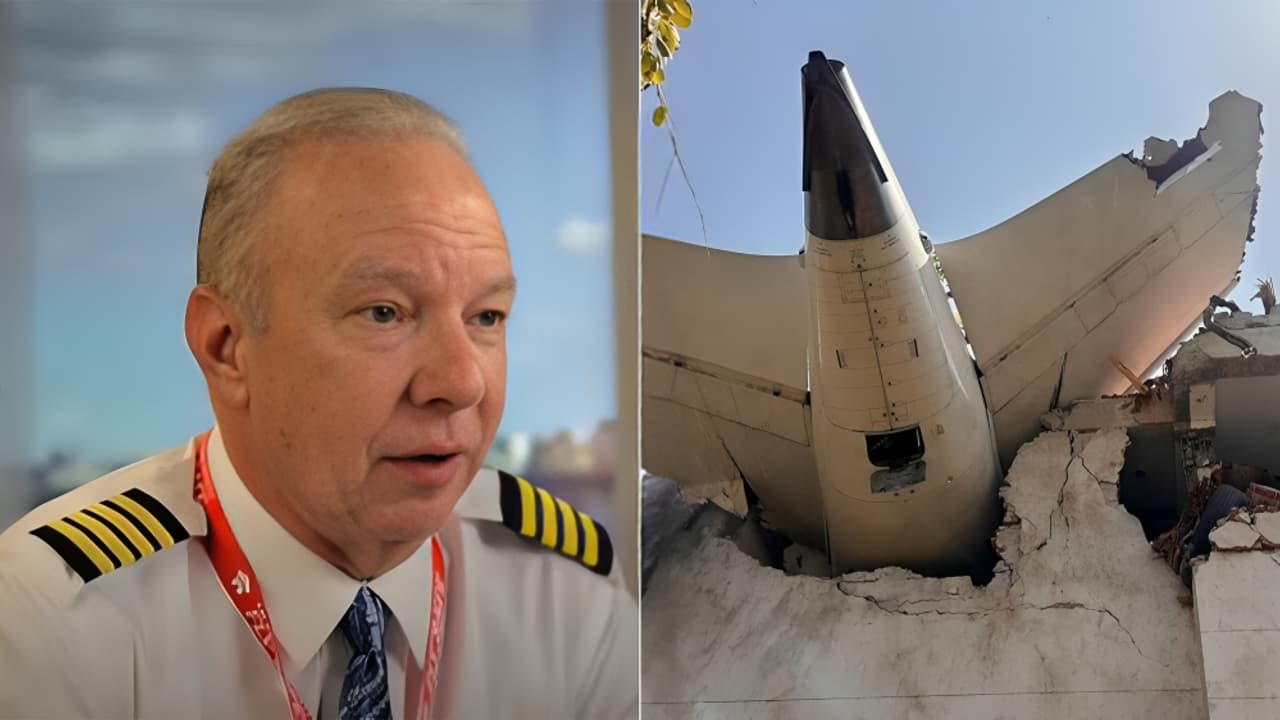In a YouTube video, Captain Steve, who has flown both the Boeing 777 and the Boeing 787, said, "Three main theories revolve around the loss of lift of this aeroplane."
Aviation expert and experienced pilot Captain Steve has suggested that the crash of Air India flight AI171 claiming 241 lives was likely linked to many reasons rather than a direct engine failure, based on his review of visual evidence and aircraft characteristics.


Expert flags loss of lift, not engine failure
Aviation expert and veteran pilot Captain Steve, who has flown both the Boeing 777 and 787, released a detailed video analysis of the crash. He believes the accident was more likely due to a loss of lift rather than a direct engine failure.
“Three main theories revolve around the loss of lift of this aeroplane,” he said, after reviewing visual footage of the crash. He noted that the aircraft appeared unusually flat during its initial climb and raised questions over the flap positions, which are critical for generating lift during takeoff.
“This aircraft shows characteristics suggesting it didn’t have any flap deployment, which is perplexing,” he said.
Gear-down, flaps-up theory gains traction
Captain Steve theorised that a pilot error may have caused the co-pilot to mistakenly raise the flaps instead of the landing gear, potentially eliminating the extra lift needed during takeoff.
“At that point, the flaps were likely fully retracted while the landing gear was still down, producing drag,” he explained. “That’s a very dangerous combination when the aircraft is already flying at low speed.”
"Another theory I think is that the pilot told the co-pilot 'gear up' at the appropriate time. I think the co-pilot grabbed the flap handle and raised the flaps instead of the gear. If that happens, it's big -- and that explains why the aeroplane stopped flying. The lift over the wings died because at that point, the flaps were absolutely retracted. All the extra lift you're producing over the wings just goes away."
He added that such an error could explain why the aircraft appeared to stall and descend while trying to gain altitude.
Why engine failure seems unlikely
According to Captain Steve, there were no visible signs of engine malfunction. “We saw no flames, no sparks, and no sign of sputtering or erratic behaviour,” he said, ruling out the possibility of fuel contamination or twin-engine failure due to bird strike.
Crash behaviour consistent with flap issue
“In the video, the nose of the aircraft starts to dip as the plane tries to generate more lift,” Captain Steve said. “This is consistent with a stall due to flap retraction at a critical point.”
He also noted that any takeoff roll without flaps would typically trigger cockpit warnings. “It’s inconceivable that the aircraft began takeoff with flaps completely up unless there was a last-minute error.”
Probe continues, checks made compulsory
While the black box has been recovered, a final report is awaited. In the meantime, the DGCA has moved swiftly to introduce preventive checks to rule out fuel or engine system faults across the Dreamliner fleet.
The checks will begin on June 15 and apply to every Boeing 787 operated by Air India, ensuring additional layers of scrutiny before takeoff.
(With ANI inputs)


